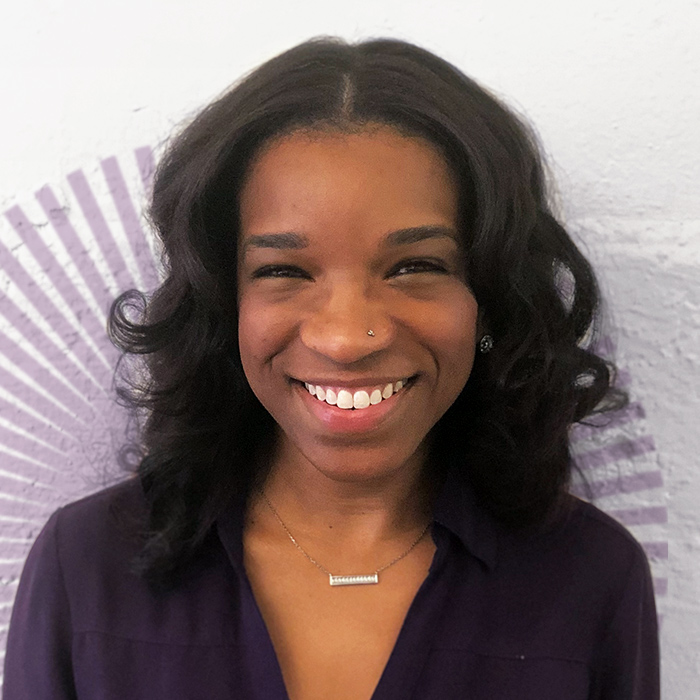Let’s Break it Down | A More Diverse Middle-Earth, a Black Ariel, and the Danger of the White Default
The past few weeks have revived a debate about the presence of characters of color in fantasy lands. For those who are unfamiliar, the running list so far is that: elves cannot be people of color, the second-most powerful house in fictional Westeros certainly can’t be led by a Black man, and by all means, Ariel, a talking mermaid, cannot be a Black woman. These pushes to increase diversity in fictional representations may seem like surface-level pop culture conversations, but they are much more than that: they are efforts to promote equity in media.
Our working definition of equity at Paradigm is the process of accounting for how structural advantage or disadvantage shapes individual, group, or societal outcomes when distributing opportunities and resources. Finally seeing yourself represented as the lead character in mainstream media certainly counts as an opportunity or resource, so I applaud studios who are now considering and adjusting for the structural advantages White content creators and actors face and, conversely, the structural disadvantages content creators and actors of color face.
Why, then, do some people respond to Black Ariel with such disdain? In previous research, my colleagues and I identified three reasons why White people sometimes react negatively to inclusion efforts:
- Reactance to losing independence
- A preference for the status quo and colorblindness
- And/or the mistaken belief that equality between groups has been realized
The pop culture case studies above fit perfectly into the “preference for the status quo and colorblindness” bucket. Put simply: White people are used to seeing themselves as the default so much that this default status goes undetected. Any changes to that default, like making Ariel Black, disrupt the quiet equilibrium they have become used to. Additionally, the explicit conversation about race that follows flies in the face of a long-held preference for colorblindness (the idea that talking about race is, in and of itself, racist). As research by Dr. Maureen Craig highlights, this shift is uncomfortable and threatening. When White people are ill-equipped to grapple with what it means to not be the norm, they take those feelings and expel them outward, lashing out about the change, or putting in significant effort to prove that the White default would be better. (For a striking example of this, see the lengths one editor took to “fix” the Little Mermaid trailer with a White Ariel, for “educational purposes” only.)
This phenomenon extends beyond reactions to movies and TV shows. The companies I work with often implement equity-based initiatives, like changing a promotion process that systematically disadvantages employees of color and systematically advantages White employees. The leaders of those initiatives often face questions from White employees about why there is not a corresponding initiative for White employees. HR then receives an influx of “reverse racism” complaints including quotes like “it’s hard being a straight, White man these days.” The leaders come to me understandably bewildered.
In our research, we talk about some interventions for this backlash:
- Educating people about the structural disadvantages at play
- Being intentional about how you frame the changes and why they are critical
- And creating opportunities for people from different groups to come together and discuss these topics.
The reality is that none of these solutions is ideal — they all take time, and may not be feasible within the vast space of the internet or the limited time provided for a DEI discussion in the workplace. But there is one option that proves timely and effective: doubling down in inclusion efforts and unapologetically championing the changes in place. We’ve seen some examples of this already, like when the original cast of the Lord of the Rings films released a statement of solidarity with the TV show cast. While this may not do much to silence the naysayers, the statement adds to a chorus of voices signaling the progress we hope to see. This is why one of the best ways to change the default can simply be refusing to go back to the way things were. So, check out the Lord of the Rings: Rings of Power, and by all means, continue sharing the sweet videos of your kiddos reacting to the Little Mermaid trailer. As I’ve written about before, this kind of representation matters. My hope is that, one day, the voices of progress will become our collective new default.
September 14, 2022

 Our website uses cookies to distinguish you from other users of our website. This helps us to provide you with a good experience when you browse our website and also allows us to
improve our site. By continuing to browse our website, you’re agreeing to our use of cookies. For more information, please read our
Our website uses cookies to distinguish you from other users of our website. This helps us to provide you with a good experience when you browse our website and also allows us to
improve our site. By continuing to browse our website, you’re agreeing to our use of cookies. For more information, please read our
